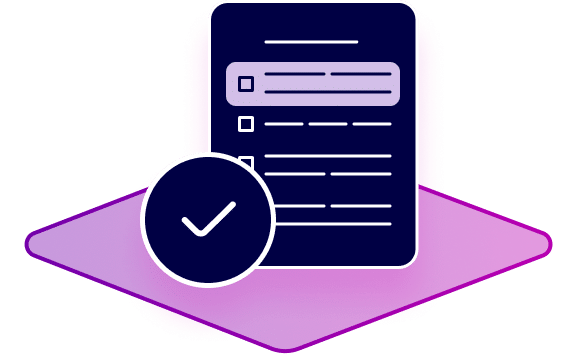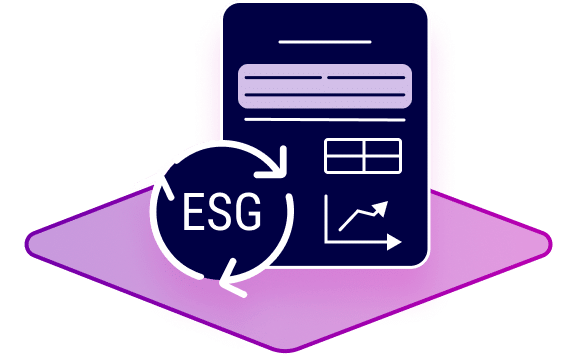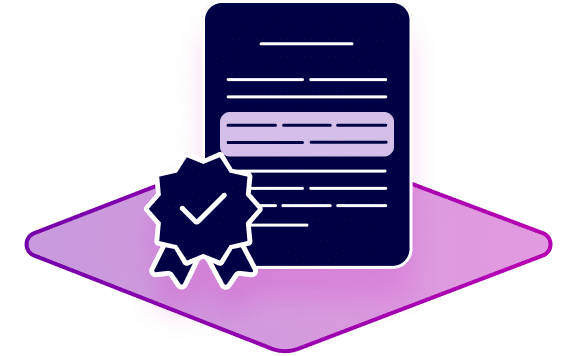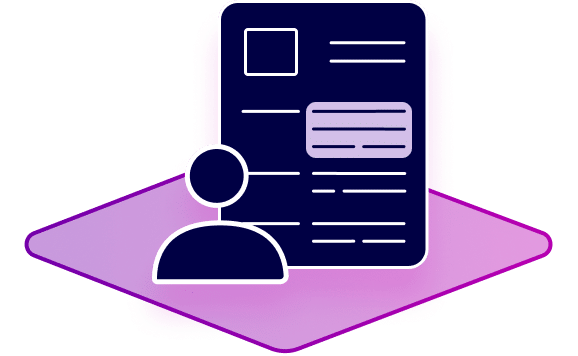
Language Models and artificial intelligence: What are LLMs and what do they offer?
Nowadays, software is supposed to take over more and more of our decisions and make them as individually as possible. To do this, it is necessary to learn human-like language patterns and to reproduce them. This usually requires Large Language Models (LLM). But what are language models and why is an LLM alone not enough? And anyway: Why are they so cool and why is there such a hype around this topic at the moment?
What are language models anyway?
A language model is a computer program trained to understand and generate human speech. It uses algorithms to recognize patterns and relationships in human speech and predict them. In other words, it makes an expectation about which words or phrases are most likely to follow one another.
Language models are now often used as part of larger models such as Large Language Models. They are capable of performing a variety of natural language tasks such as text generation, translation, summarization, and question answering.
What does the “Large” in “Large Language Models” mean?
The “Large” in “Large Language Models” refers to the size and complexity of the language models. LLMs have a huge number of parameters and have been trained using very large data sets. For example, the “GPT-3” model that is currently the talk of the town has 175 billion parameters, which is a significant increase over earlier models.
LLMs are currently one of the most advanced approaches to natural language processing and have the potential to change the way we interact with texts and language.
Why is an LLM alone not enough?
LLMs are not able to develop true understanding or imitate complex human skills such as creativity, empathy, or decision making. They operate solely on patterns and probabilities and therefore cannot necessarily provide meaningful and human answers to complicated questions. In addition, they can hallucinate and do not cite sources. This means that results are simply untraceable. They cannot perform physical tasks or manipulate things and therefore rely solely on text as input and output data. It is usually necessary to combine LLMs with other technologies and human capabilities to really solve certain tasks or problems effectively.
Why are LLMs cool?
Large Language Models are able to generate texts in a more natural language and with a higher degree of contextuality than was possible in the past. This has many potential applications, from automatically translating texts into different languages to creating stories or literary works. By using LLMs, we can quickly answer and discuss complex questions without having to search for answers for a long time. Otherwise, they have the potential to store and preserve human knowledge and cultural memories. They can store and organize a wealth of information to expand and enrich our collective knowledge.
All of these factors contribute to the current popularity and promise of this topic, as it has the potential to change and improve many aspects of our daily lives.
In our keynote “The LLM hype – what’s in it for you” we went into more detail about the topic. You can watch the keynote again here: to the keynote.
Picture: AdobeStock / Tierney












